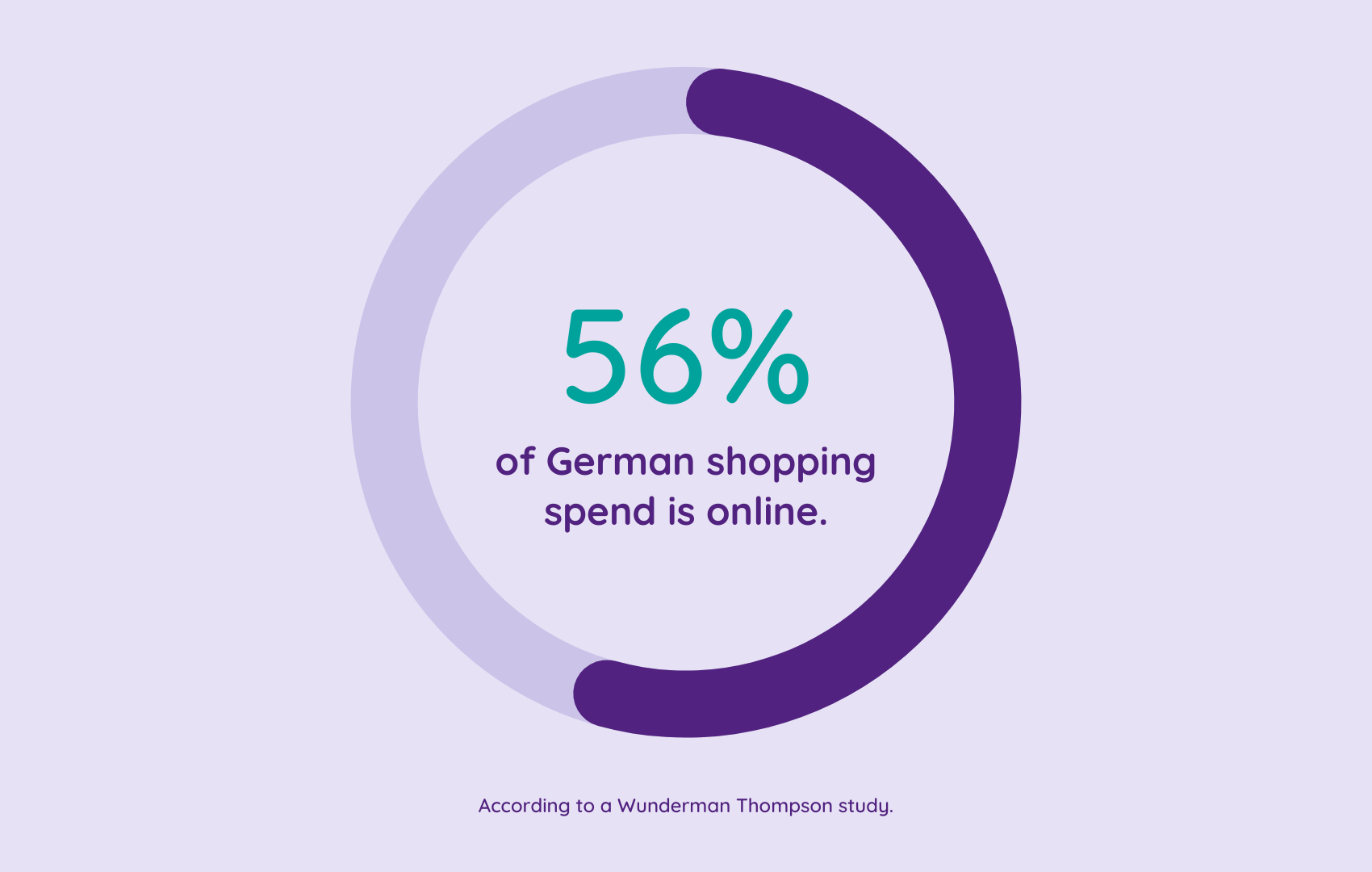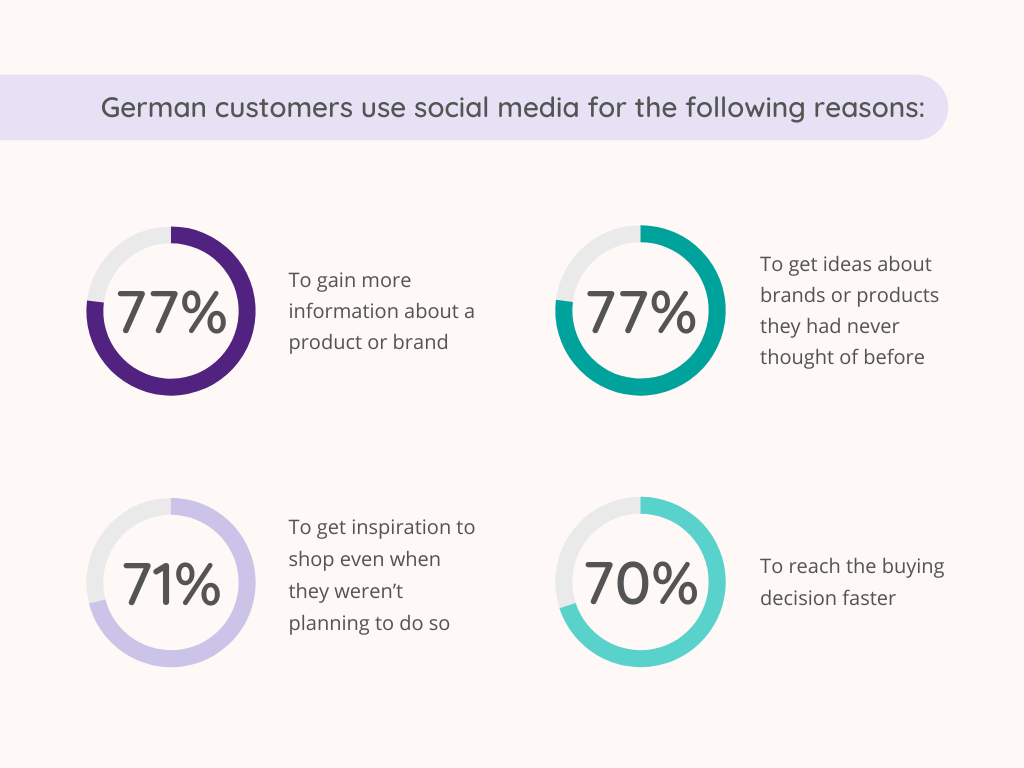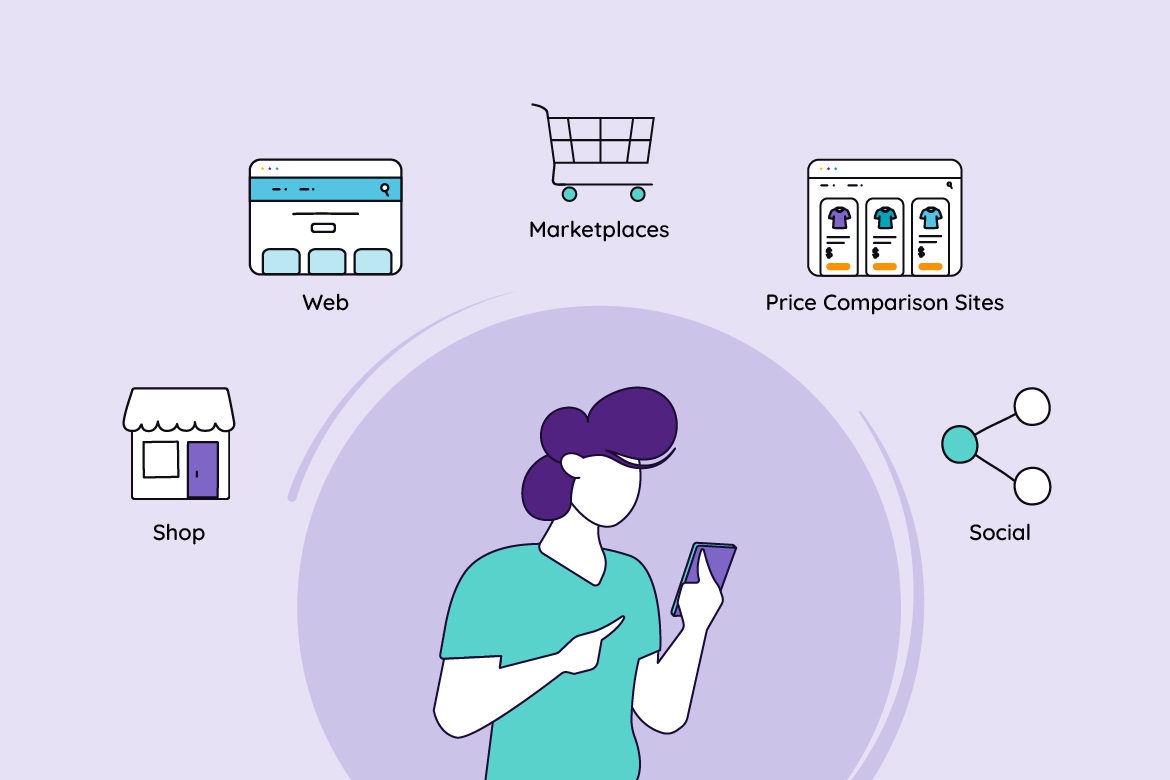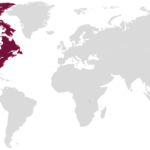The e-commerce landscape is a cutthroat and ever-changing beast. On top of that, customer behavior changes with every new trend that pops up. The job of retailers, big or small, is to keep up and meet customer expectations as they come. Right now, German customers are showing interest in shopping via e-commerce websites, social media, price comparison sites, and marketplaces. Are your products available on these platforms? If your answer is not a resounding yes, it’s time to get on the multichannel commerce train. Let’s explain.
The pandemic gave Germans a reason to shop online more than ever before. As a result, Germany has become one of the top European performers in e-commerce. It’s safe to say that online shopping is part of everyday life in this region. This claim is even backed up by Statista, which found that about a third of German customers (aged 25 to 44 years old) shopped online at least once a month. A recent study by Wunderman Thompson also leaned into that narrative, finding out that 56% of shopping spend is online.

Even more interesting, German customers, like those in other parts of the world, also shop on a variety of sales channels simultaneously. That includes physical stores, online shopping websites, online marketplaces, price comparison websites, and social media platforms such as Instagram and Facebook.
According to ecommerceDB, 49% of German online shoppers can at least imagine buying on social media in the future. As it stands, the majority already use Facebook and Instagram as their social commerce platforms of choice. While social commerce is gaining popularity, it seems that online marketplaces are the more popular online shopping platforms, with 93% of customers choosing to start their shopping journeys there. The top three players are Amazon.de, Otto.de and MediaMarkt.de, respectively. None of this is surprising as online marketplaces offer a one-stop shopping experience with all kinds of products available across various categories.
What’s crystal clear is that marketplaces have a larger slice of the German e-commerce pie. This is not particularly good news for small-to-medium sized businesses (SMBs). Not only are they fighting over the same customers amongst each other but they also have to compete with these marketplaces with better resources.
Around 75% of German retail companies sell primarily through their own e-commerce websites. But the e-commerce industry is an already-fierce operating ground. Ignoring the average German customer’s shopping behavior can only make things worse for SMBs. Put simply, if you’re an SMB, it’s in the best interest of your business to not put all of your eggs in one basket. You need to dig into a multichannel commerce strategy that’s suitable for your business and one that makes sense for your target market.
What is multichannel commerce?
Multichannel commerce, also called multichannel retailing or multichannel selling, is a strategy that enables businesses to sell their products on more than one sales channel.
How does a multichannel commerce strategy work?
The purpose of a multichannel commerce strategy is to provide customers with access to your products no matter where their path to purchase begins and ends. It’s a means to offer options and convenience that modern day customers seek.
As part of your strategy, you can include one or two more sales platforms to sell your products on, in addition to your online store. Choosing additional selling platforms requires you to do tons of research to figure out where your specific target audience shop. The available channels to choose from include:
- Brick and mortar: a physical store where customers can see, touch, and try on products before purchasing.
- Marketplaces such as Amazon, Otto, Zalando, MediaMarkt, and Lidl.
- Price comparison sites such as Idealo.de, Mydealz.de, Geizhals.de, and Coolblue.de.
- Social media platforms such as Facebook, Instagram, LikeToKnowIt, and TikTok.
- Mobile app: own shopping mobile app similar to Lidl Plus.
For example, if you’re a shoe brand, you could sell your products on your online store, and on channels like Zalando, Facebook, and a dedicated shopping mobile app.
Why it’s important for SMBs to have a multichannel commerce strategy
In today’s online shopping world, brand loyalty and channel loyalty don’t exist. Customers shop wherever they want, whenever they want, and from whatever brand meets their needs. With a shaky economy, recession, and other financial setbacks faced by German consumers, they’re increasingly shopping at discounters as they search for products that come at better prices.
Moreover, they’re willing to explore new shopping behavior including buying from private-label brands and switching to different brands than normal, among other changes, according to a recent McKinsey report.

Using all of your efforts to drive sales on your webstore alone, then sitting back and hoping customers come to you will not do much to help you get ahead of the competition or bring in sales. A multichannel commerce strategy helps you actively get in front of your target customers and stay top of mind. In a nutshell, it’s a sales strategy that can help you survive in a highly competitive industry.
The benefits of multichannel commerce
Multichannel commerce is a win-win strategy for both SMBs and customers. Here are some of the benefits that both parties can enjoy.
- Diversifying risk
Selling on a single sales platform is a risky affair when you consider everything that could potentially go wrong. If your online store is not gaining as much traffic and conversions as before or as you hoped it would, it can leave you with no back up plan. But if you expand to one or two more channels, your business won’t incur as high of a revenue hit.
- Strengthens brand awareness
Being on multiple sales channels increases your engagement touchpoints, which allows more customers to become aware of your brand’s existence. With awareness comes familiarity, which often leads to a purchase.
- Wider reach
German shoppers are value-driven and have become increasingly savvy. Around 59% of them will do thorough research online before making a purchase decision. Having presence in multiple shopping channels ensures that you reach customers wherever they search for the next product to buy.
- Better discovery
Over the past two years, customers have been discovering new products from brands they’ve never heard of or seen before. A Statista study that surveyed customers from 11 countries revealed that:
- 77% of respondents said social media inspired them to gain more information about a product or brand.
- 77 of respondents said social media has helped them get ideas about brands or products they had never thought of before.
- 71% of respondents said discovering new products on social media has inspired them to shop even when they weren’t planning to do so.
- 70% of respondents said discovering new products has helped them reach the buying decision faster.

With social commerce picking up steam in Germany, there’s no doubt that customers in this region are discovering and will continue to discover new products to purchase. In addition to that, marketplaces and other channels are also perfect platforms for product discovery. Selling on a single channel limits your products and brand’s discoverability.
- Better sales potential
Going multichannel gives you access to a customer base that you wouldn’t have access to with just your online store. And, the more engaged customers you have, the more likely they are to shop. Ultimately, you’re able to maximize sales opportunities. Retailers who sell on more than one channel tend to experience better sales performance than their single-channel counterparts, as this report states.
- Create better customer experience
Worldwide, customer experience is the driving force behind buying decisions. Germany is no exception to this rule and all businesses are expected to deliver exceptional customer experiences.
“Good customer experience is no longer a USP in 2022; it has become more standard. To truly stand apart from competitors, business entities today need to deliver a top-level customer experience.”— Tom Lurtz, Partner, Consulting, Value Chain Transformation KPMG AG Wirtschaftsprüfungsgesellschaft.
Exceptional customer experience means different things to different customers. But in the context of multichannel commerce, it means giving them the convenience of choosing where to shop your products based on their chosen purchasing channel.
- Leverage the power of marketplaces and price comparison sites
As you might have noticed, based on the information above, marketplaces and comparison sites are popular in Germany. These channels have already built necessary rapport with customers, that’s why they’re the best choice to expand to.
You can take advantage of the fact that you’re not building trust from the ground up, it’s already been established. Therefore, it will be a lot easier even for a small business like yours to get your products in front of customers who frequently buy on these channels. Remember, these are also customers who are more than willing to buy from third-party brands. As long as you meet their needs, you’re good to go. And let’s not forget to mention that these platforms have strong marketing resources that you can customize to fit the needs of your business and your customers.
- Data insight collection
Brands selling on multiple channels get access to different sets of data about their customers. That’s everything from their shopping behavior, habits, shopping history, preferences, demographics, location, age, and so much more. This is the kind of information that you can use to create strong marketing campaigns and sales strategies that will resonate with the target audience across channels.
In conclusion
E-commerce in Germany is evolving rapidly and the changes won’t stop any time soon. You’ve got to be on top of the changes and meet customers’ needs or you’ll get left behind by your competitors. It’s up to you to grab the opportunities and leverage all of the resources at your disposal to ensure that you too, can keep your brand resonance.




